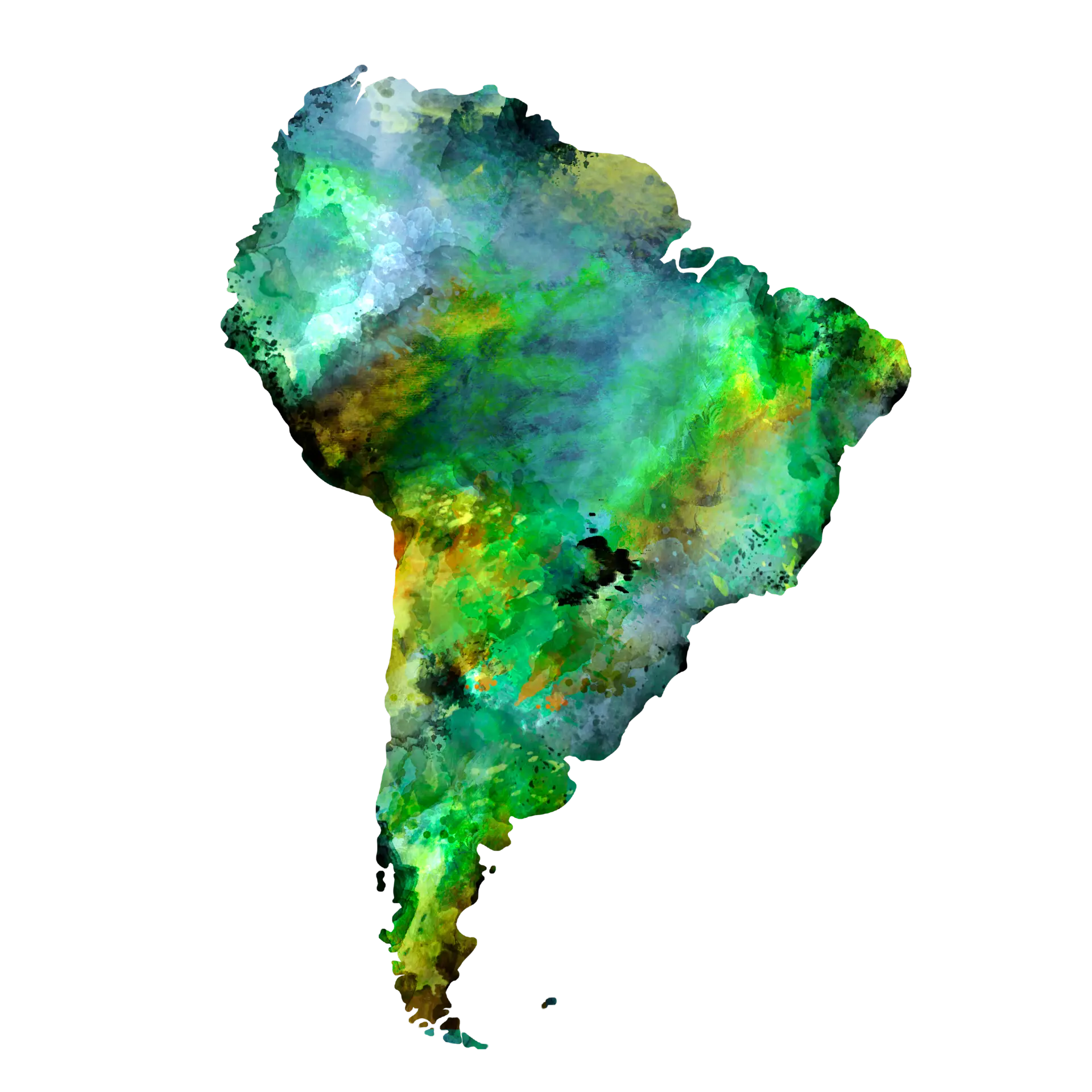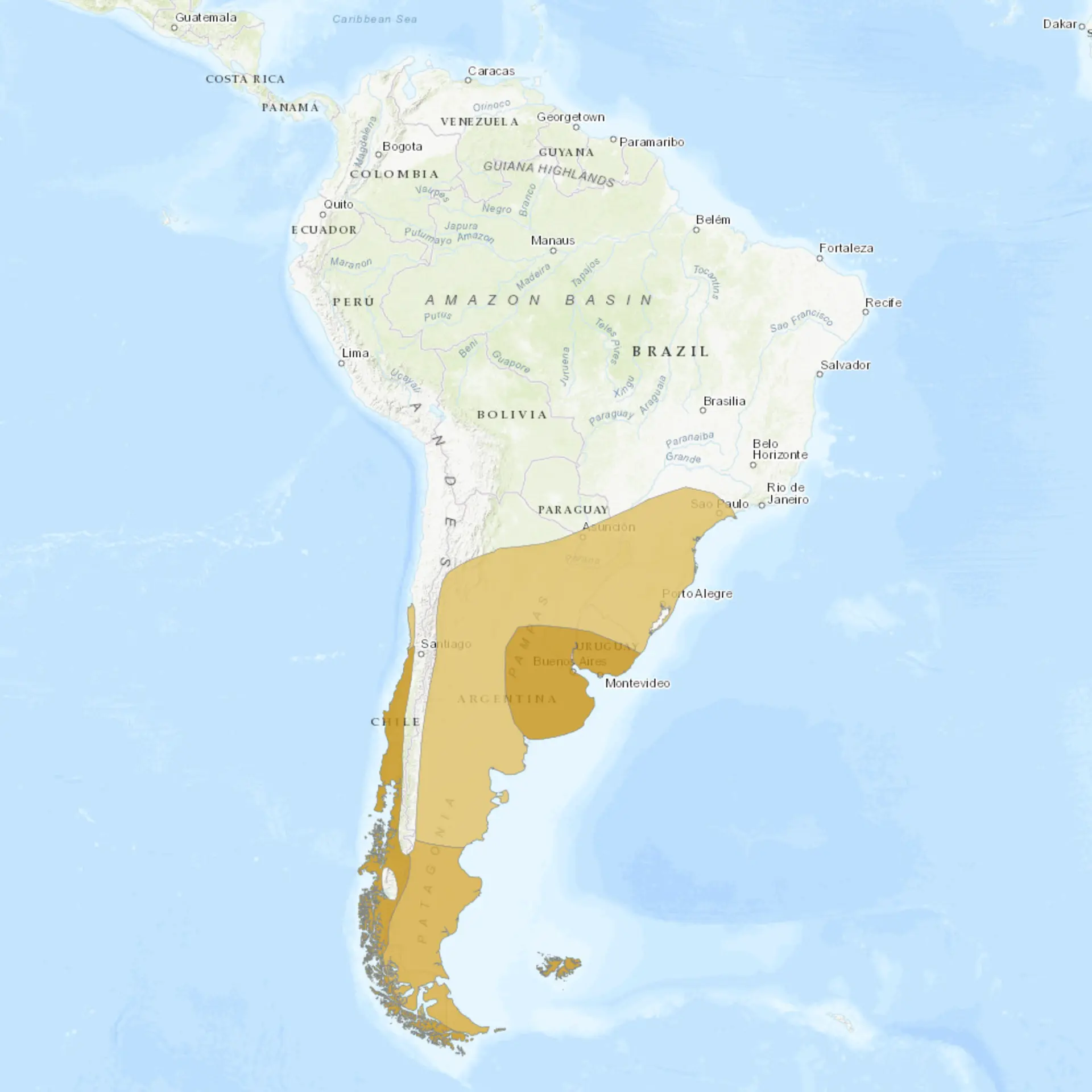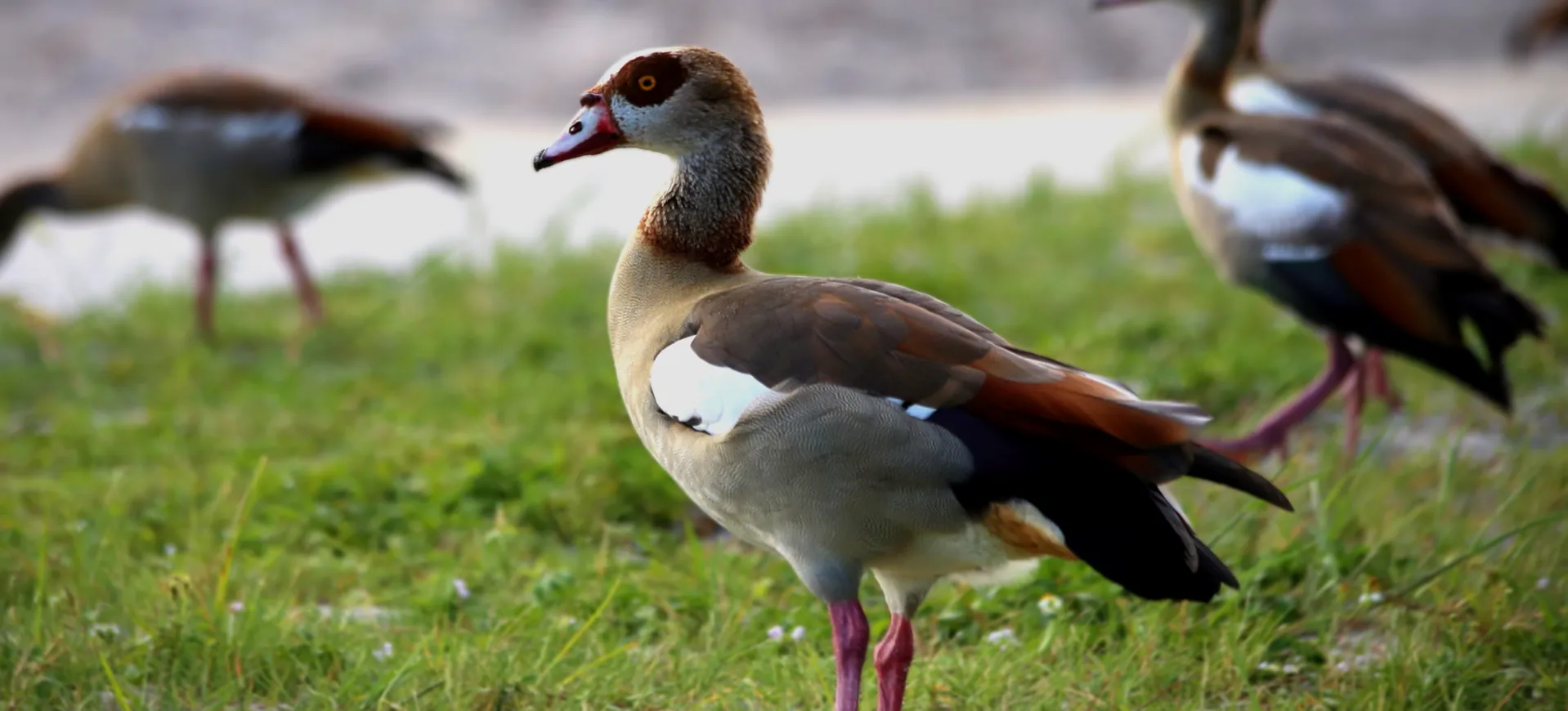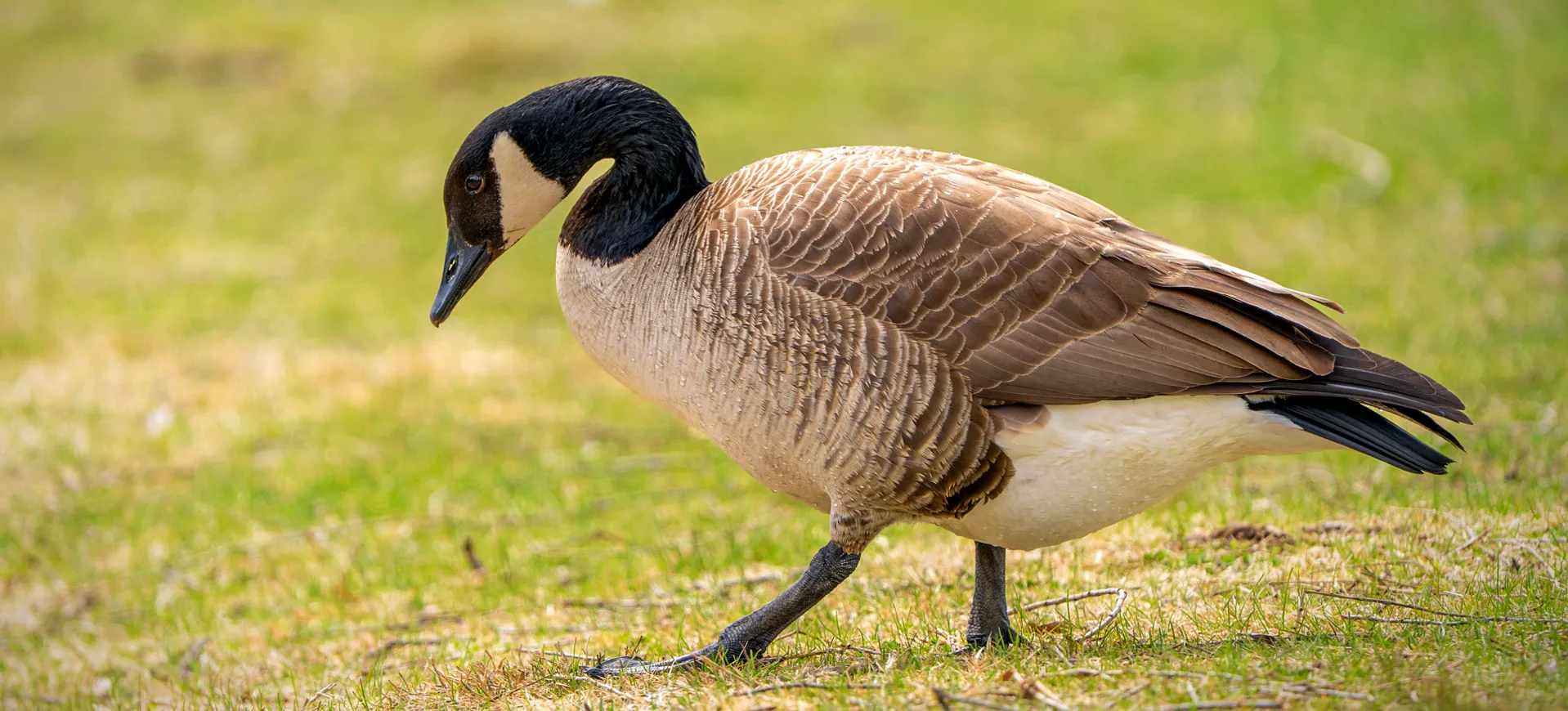Overview
The Black-necked Swan (Cygnus melancoryphus) is a large waterbird known for its striking appearance and graceful movements. Native to South America, it is the smallest member of the swan species, easily distinguished by its black neck and head with a contrasting white body. These swans are highly adapted to aquatic life, with webbed feet for swimming and a diet primarily composed of aquatic vegetation. They are also known for their monogamous relationships, often forming lifelong bonds with their partners.
The Black-necked Swan’s vocalizations are softer and more musical than other swans, characterized by various whistles and calls used for communication. During the breeding season, they become more territorial and vocal. These birds are strong fliers, although they prefer to remain within their regional habitats, migrating only short distances if necessary. The beauty and elegance of the Black-necked Swan have made it a symbol of grace and tranquility in its native regions.
While generally resilient, Black-necked Swans face threats from habitat loss and environmental changes. Conservation efforts are in place to monitor populations and protect their natural habitats. They are often found in lakes, lagoons, and swamps, where abundant food and safe breeding grounds can be accessed. Observations of their behavior and social structures provide valuable insights into the ecological balance of their habitats.
Taxonomy
Kingdom
Phylum
Class
Order
Family
Genus
Species
Type
Current distribution:
Black-necked Swans have a wide but fragmented distribution across South America. They are most commonly found in the southern and central parts of the continent, with the highest concentrations in the Chiloé Island in Chile and the lower Paraná River basins in Argentina. Seasonal movements are observed, often influenced by food availability and suitable breeding sites.
While the black-necked swan's overall population is considered stable, certain regional populations may experience fluctuations due to environmental factors and human interference. Conservationists monitor these populations to understand their patterns and implement measures that support their continued presence in the wild. Efforts to protect wetlands and other crucial habitats are key to ensuring the Black-necked Swan's survival and the biodiversity of the regions they inhabit.
Physical Description:
The Black-necked Swan is immediately recognizable by its black head and neck, contrasted with a primarily white body and a distinctive red knob near the base of its beak. Adult males are slightly larger than females, with a more pronounced knob. These swans typically measure 102 to 124 cm in length, and when they extend their wings, the wingspan can reach up to 177 cm, showcasing their impressive size and beauty. Their eyes are dark, and their legs are grey, blending in with their aquatic environments.
While both sexes share similar plumage, the males (cobs) are generally larger and have a slightly longer necks than the females (pens). The juvenile swans are greyer than adults, gradually gaining their white plumage as they mature. Black-necked Swans maintain their elegant appearance throughout the year, not undergoing significant seasonal changes. Their graceful movements in water and ability to glide majestically in the air make them a captivating sight for birdwatchers and nature enthusiasts.

Lifespan: Wild: ~10 Years || Captivity: ~30 Years

Weight: Male: 10-14 lbs (4.5-6.3 kg) || Female: 8-12 lbs (3.6-5.4 kg)

Length: Male: 44-48 in (112-124 cm) || Female: 40-44 in (102-112 cm)

Wingspan: Male & Female: 70 in (177 cm)

Top Speed: 50 mph (80 km/h)
Characteristic:
Native Habitat:
Black-necked swans are native to South America and are predominantly found in freshwater marshes, lagoons, and shallow lakes. They prefer habitats with abundant aquatic vegetation, providing food and protection. Their distribution primarily includes southern Brazil, Uruguay, Argentina, Chile, and the Falkland Islands. These swans are well-adapted to their environments, with features that allow them to thrive both in water and on land.
The habitat choice of Black-necked Swans changes seasonally; they may move to different areas in search of better feeding grounds or more optimal breeding sites. Human activities and environmental changes can impact their habitats, leading to shifts in their distribution patterns. Conservation of their natural environments is vital to ensure the survival and health of Black-necked Swan populations, maintaining the ecological balance of these areas.
Biomes:
Biogeographical Realms:
Continents:
Diet:
Diet & Feeding Habits:
Black-necked Swans are primarily herbivorous, feeding on various aquatic plants, algae, and occasionally small aquatic animals. They graze on land but prefer to feed in water, where they can easily access food by dipping their long necks underwater. The swans often upend, similar to dabbling ducks, to reach vegetation below the surface. Their diet is crucial for their health, influencing their plumage color and overall well-being.
In captivity, their diet is carefully managed to mimic natural feeding as closely as possible, often supplemented with specialized feeds to ensure they receive all the necessary nutrients. During the breeding season, Black-necked Swans may become more territorial over feeding areas, showcasing natural behaviors to protect their resources. Understanding their dietary needs is crucial for conservation efforts, ensuring these elegant birds continue to thrive in both wild and managed environments.
Mating Behavior:
Mating Description:
Black-necked Swans form monogamous pairs, often staying together for life. Their courtship involves mutual preening and synchronized swimming, strengthening the pair’s bond. Mating usually occurs in the water, followed by constructing a large nest made from aquatic vegetation. These swans are known to protect their mates and offspring, showcasing aggressive behaviors towards potential threats during the breeding season.
The breeding season varies depending on the region, typically during spring and summer. After mating, the female lays between 4 and 6 eggs, which she incubates for about 36 days. The male stays close, guarding the nest and assisting in rearing the cygnets once they hatch. The young are born precocial and can swim and feed shortly after birth, but they remain dependent on their parents for protection and guidance for the first few months of their lives.
Reproduction Season:
Birth Type:
Pregnancy Duration:
Female Name:
Male Name:
Baby Name:
Social Structure Description:
Black-necked Swans are generally social birds, often found in small groups, especially outside the breeding season. They exhibit various social behaviors, from cooperative feeding to aggressive territorial displays during breeding. Their social structure allows them to benefit from shared vigilance against predators and increased efficiency in locating food.
During the breeding season, however, they become more territorial and may isolate themselves as a pair to raise their young. Parental roles are shared, with both males and females actively participating in nest building, incubation, and cygnet rearing. The strong bond between the monogamous pair is essential for successful breeding and chick survival.
Groups:
Conservation Status:
Population Trend:
The global population of Black-necked Swans is considered stable, with no immediate threats leading to a rapid decline. However, certain local populations may experience fluctuations due to habitat changes, pollution, and other human-induced factors. Regular monitoring and surveys are conducted to keep track of their numbers and distribution, ensuring any significant changes are noted and addressed.
In the wild, Black-necked Swans are spread across various countries in South America, with some populations being more isolated than others. Their adaptability to different wetland environments plays a significant role in their survival. However, ensuring the protection and conservation of these habitats is crucial for maintaining healthy and stable populations of Black-necked Swans in the wild.
Population Threats:
The main threats to Black-necked Swans include habitat loss and degradation due to agricultural expansion, urbanization, and pollution. Wetlands, crucial for their survival, are particularly vulnerable to these changes. Introducing invasive species and human disturbance in some regions, such as boating and recreational activities, can also negatively impact their habitats and breeding success.
Climate change poses a long-term threat, potentially altering the ecosystems where Black-necked Swans live. Water levels, vegetation, and changes in food availability can affect their populations. Conservation efforts focus on mitigating these threats through habitat protection, pollution control, and raising public awareness about the importance of these swans and their environments.
Conservation Efforts:
Conservation efforts for Black-necked Swans include habitat protection and restoration, pollution control, and legal protection. Many of their habitats are within protected areas, ensuring the preservation of crucial wetlands. Environmental organizations work to restore degraded areas, reestablishing suitable conditions for the swans and other wildlife.
Education and awareness campaigns help promote the importance of wetland conservation, directly benefiting Black-necked Swans. Research is ongoing to better understand their ecology, behavior, and needs, informing more effective conservation strategies. International cooperation is also crucial, as these birds inhabit multiple countries, requiring a collaborative approach to ensure their survival and well-being.
Additional Resources:
Fun Facts
- Black-necked Swans are the largest waterfowl native to South America.
- They have a unique red caruncle (a fleshy growth) at the base of their beak, distinguishing them from other swan species.
- Unlike many other swan species, Black-necked Swans have a harmonious and soft call, often described as musical.
- They are strong swimmers from birth, with cygnets able to dive and feed themselves shortly after hatching.
- The Black-necked Swan’s feathers contain less oil than other waterfowl, making them less buoyant but better at absorbing water for faster diving.
- In flight, Black-necked Swans show a prominent white stripe along their black wings.
- They are often a symbol of beauty and grace in South American culture.
- Black-necked Swans can sleep while floating on the water.
- They have been observed using their feet to steer while flying, a relatively rare behavior among birds.
- Despite their serene appearance, they can be quite aggressive in defending their territory during the breeding season.



















































































